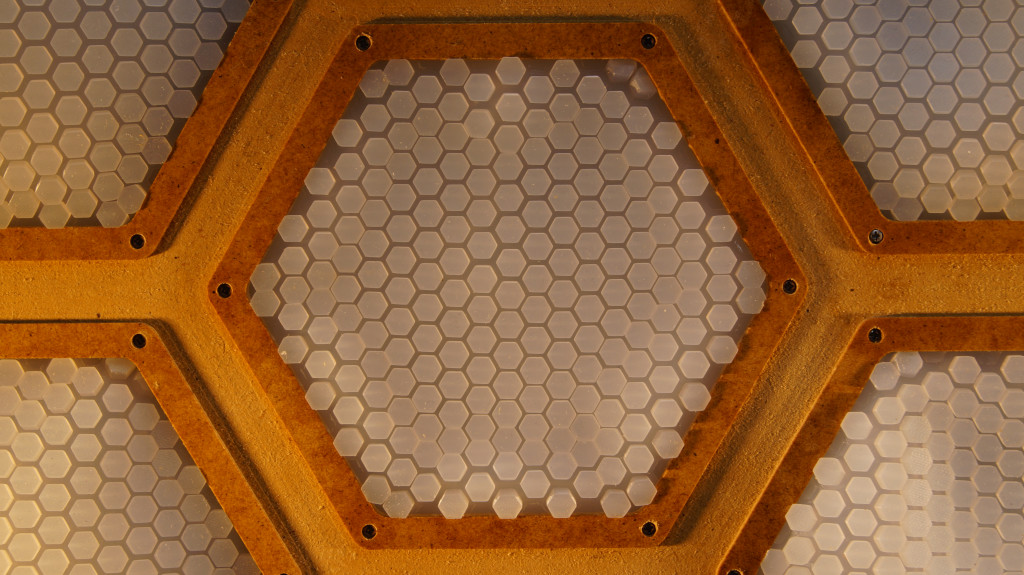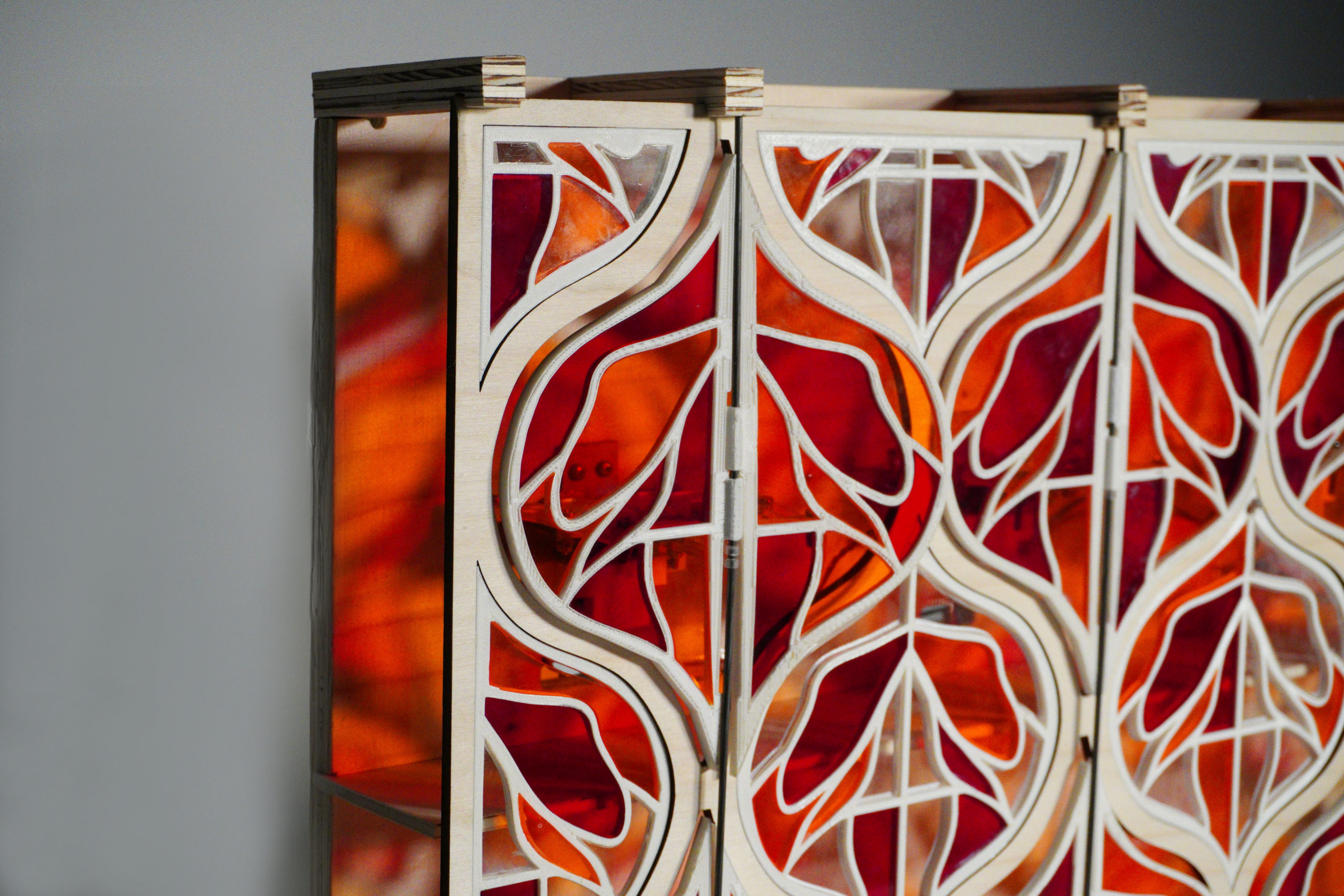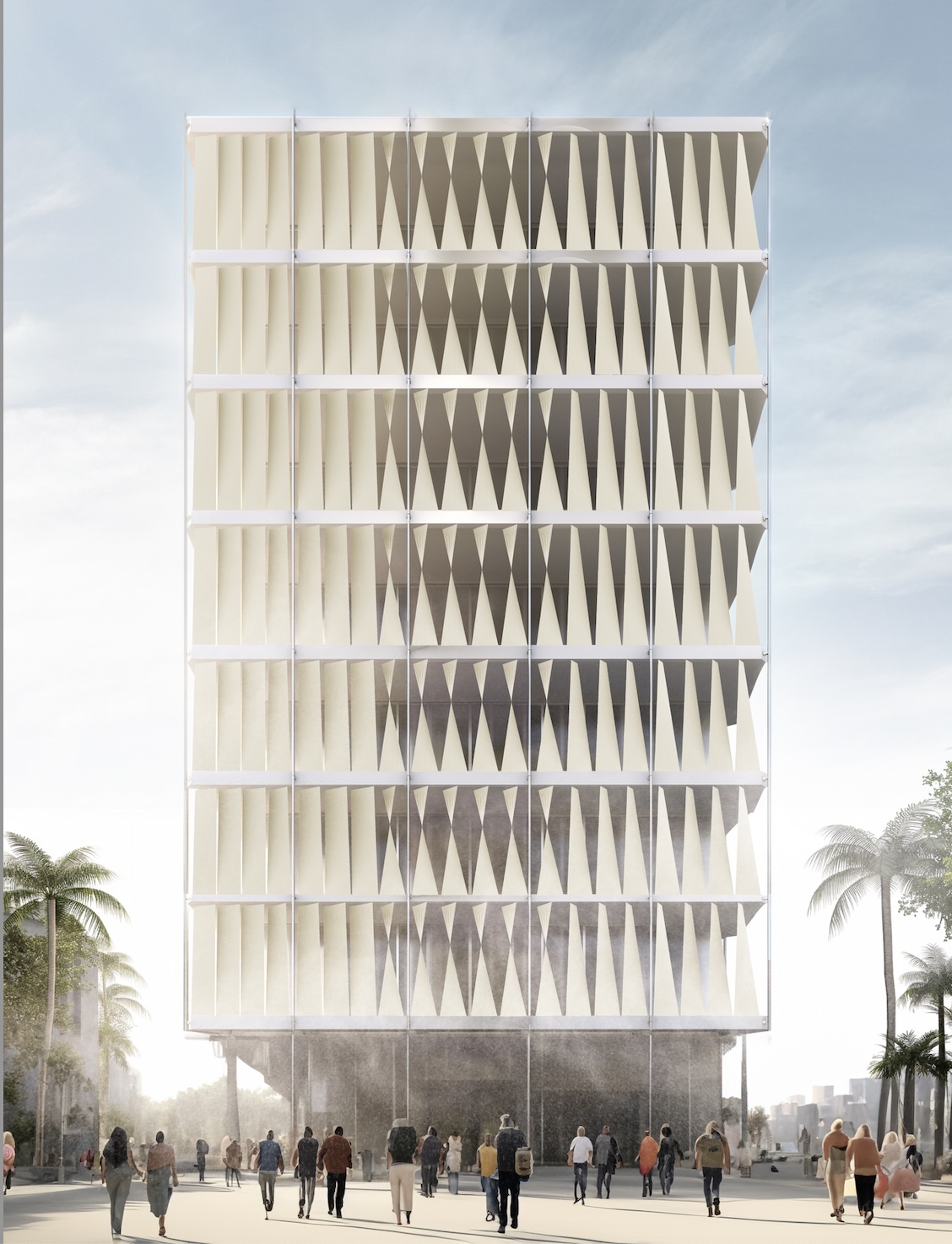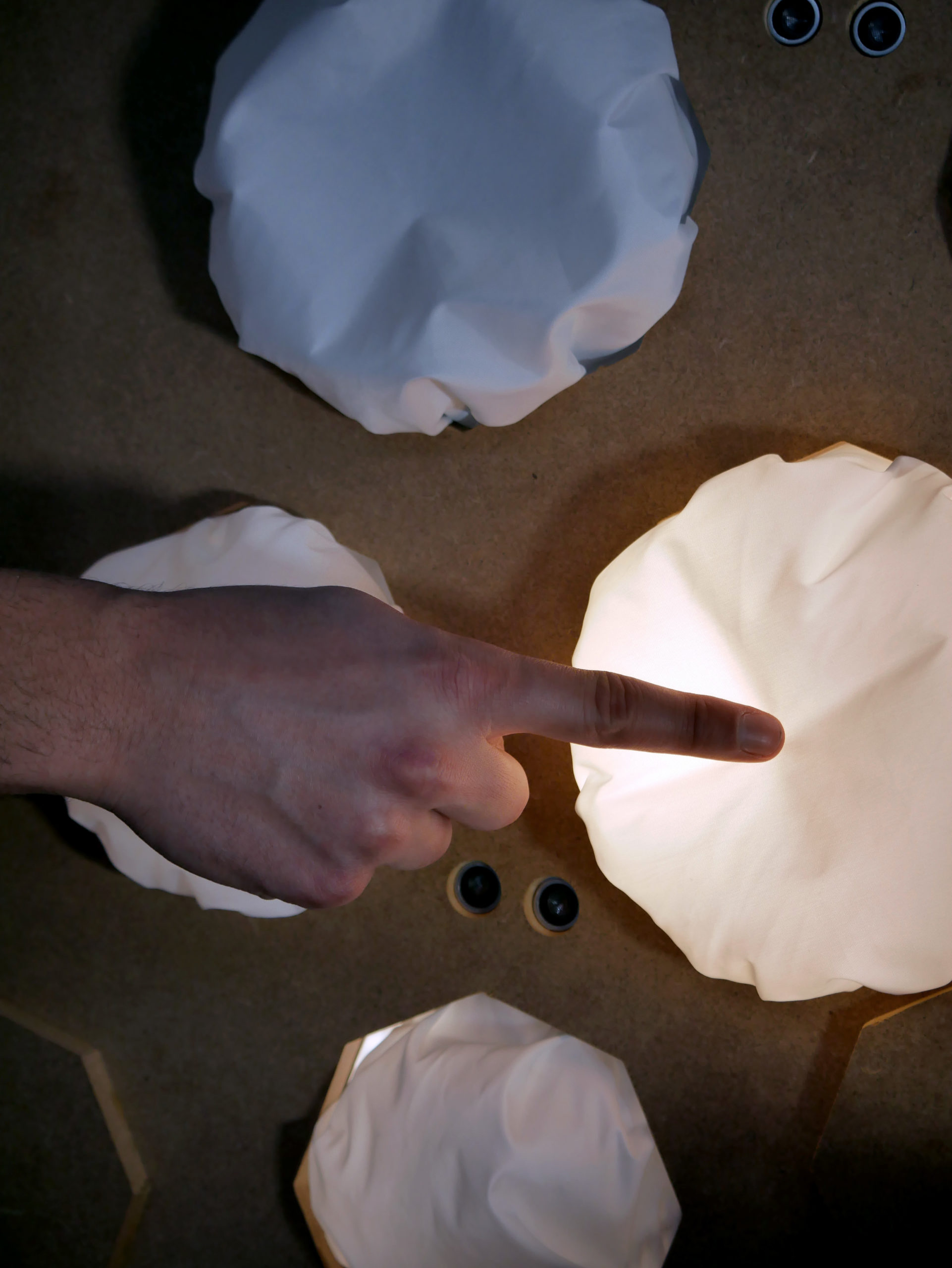
Credits: Adaptive facade systems – Soft Robotics in Architecture, MAA01 20/21
This course explores the intersection of architecture, technology, and nature, focusing on the design and implementation of interactive environments. Students will investigate how data flows in nature and use this understanding to create dynamic, responsive, and sustainable architectural solutions. The course will cover principles of biomimicry, energy harvesting, and the integration of smart technologies to transform buildings into living, interactive entities.
How would we design with natural elements? Natural phenomena such as light, wind and water can be used as direct design drivers. The building envelope is an interesting element to investigate as it is in direct contact to the surrounding area and is exposed, at times, to severe environmental conditions. How can we take advantage of the facade of a building to harvest and utilise its location within the building system. As designers and architects, we spend our lives examining and creating our built environment and as people we interact with it on daily bases. The possibilities to reimagine and recreate the facade as a dynamic and functional element are endless and many researchers have made attempts to contribute to the design field with projects on the topic.. The seminar focuses on researching and exploring the motion produced by natural elements and through designing with them to create interactive facades where these elements are the lead actor.
Learning Objectives
At course completion the student will:
- Understand the principles of interactive environments and their role in
- sustainable architecture.
- Apply biomimicry concepts to architectural design, drawing inspiration from natural systems.
- Integrate renewable energy sources and smart technologies into architectural projects.
- Demonstrate proficiency in designing buildings that respond dynamically to environmental conditions.
- Analyse and critique existing projects that exemplify interactive living architecture.
- to develop facades that interact with natural elements










